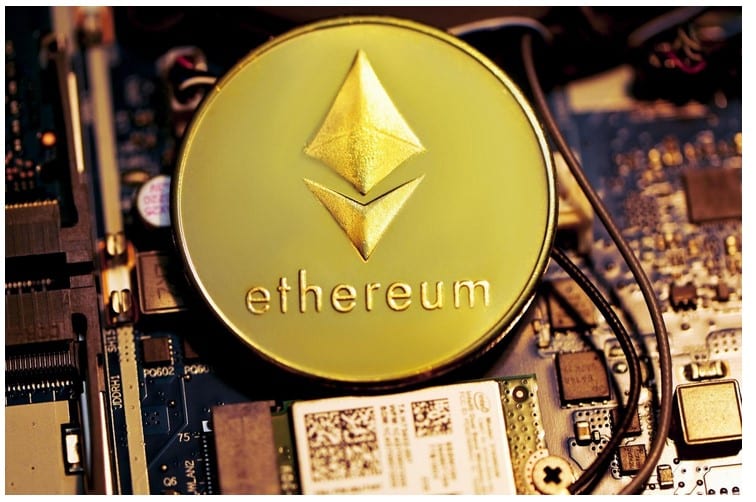- Ethereum’s layer-two networks, Base and zkSync Era, now process transactions faster than the Ethereum mainnet.
- Layer-two solutions are growing at an impressive rate, highlighting the need for faster and more cost-effective blockchain technology.
In the world of Ethereum, where scalability has been a long-standing challenge, Layer-Two solutions have emerged as game-changers. Base and zkSync Era, two Ethereum-based L2 networks, have recently outpaced the Ethereum mainnet regarding transaction processing speed.
Base, incubated by the publicly traded crypto company Coinbase, is a Layer-Two network built with technology from Optimism. On the other hand, zkSync Era integrates zero-knowledge proof (ZKP) technology, offering users advanced privacy and security features.
Recent data from the Layer-Two analytics platform L2Beat reveals that in the last 24 hours, Base recorded an impressive 12.93 transactions per second (TPS), while zkSync Era achieved 12.62 TPS. In contrast, the Ethereum mainnet handled 10.18 TPS during the same period.
Rapid Growth and New Milestones
What makes this achievement particularly noteworthy is the timeline. Base and zkSync Era launched earlier this year, with zkSync Era’s mainnet going live in March and Coinbase’s Base network following in August. Despite their relative youth, these L2 solutions have swiftly gained momentum, offering users faster and more cost-effective alternatives to the Ethereum mainnet.
Base is open and Onchain Summer is here 🟡
Become a part of Base history by minting “Base Day One” to join the story of bringing the world onchain
Our story.https://t.co/qaDj7CBCMd pic.twitter.com/9PZCLQQV7p
— Base 🛡️ (@base) August 9, 2023
Beyond Base and zkSync Era, another Ethereum scalability solution called Shibarium is making waves. Backed by Shiba Inu, this network has already attracted over two million wallets and aims to achieve a three million transaction milestone within its first month after launch. Its growing popularity further highlights the demand for efficient layer-two solutions within the Ethereum ecosystem.
While Ethereum-based layer-two solutions may not offer the same level of decentralization as the Ethereum mainnet, they excel in two key areas: speed and cost-efficiency. Even during periods when mainnet fees reach yearly highs, layer-two networks continue to provide faster transactions and lower fees. This allure has attracted investors and users since Base and other layer-two solutions emerged.
Base’s Remarkable Growth in the L2 Space
Launched just two months ago in July, Coinbase’s Base has been in the spotlight of investors since its inception. The network has witnessed a surge in total value locked (TVL), currently amounting to approximately $500 million. This substantial TVL positions Base as the third-largest layer-two solution globally, trailing only behind Optimism and Arbitrum.
Similarly, Arbitrum, another prominent layer-two solution, experienced significant growth this year following the launch of its native ARB token. Arbitrum is the largest layer-two blockchain globally, with over $5.3 billion locked within its network. Arbitrum controls over half of the funds locked in the layer-two market, with Optimism commanding another 25.4% market share.
Layer-Two Solutions Outshine Layer-One Chains in Growth
A notable trend emerges when comparing the growth of layer-two protocols to that of Layer-1 DeFi chains. Over the past nine months, layer-two protocols have nearly doubled total value locked, growing from slightly over $5 billion to $10 billion at the time of writing. In contrast, Layer-1 DeFi protocols have experienced minimal change in their total value locked during the same period, maintaining levels similar to those at the beginning of the year.
These developments carry significant implications for the broader cryptocurrency market. While Layer-1 chains continue to host a greater number of protocols and hold more assets, Layer-two solutions are leading in terms of growth rate and adaptation. This trend emphasizes the importance of speed and cost-effectiveness in blockchain technology and may prompt the development of faster and cheaper Layer-1 chains.
Ethereum’s layer-two solutions are reshaping the landscape of blockchain scalability by offering faster transactions and lower fees. Base, zkSync Era, and other emerging networks demonstrate their ability to outperform the Ethereum mainnet, paving the way for a more efficient and accessible blockchain ecosystem.




